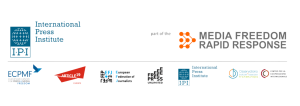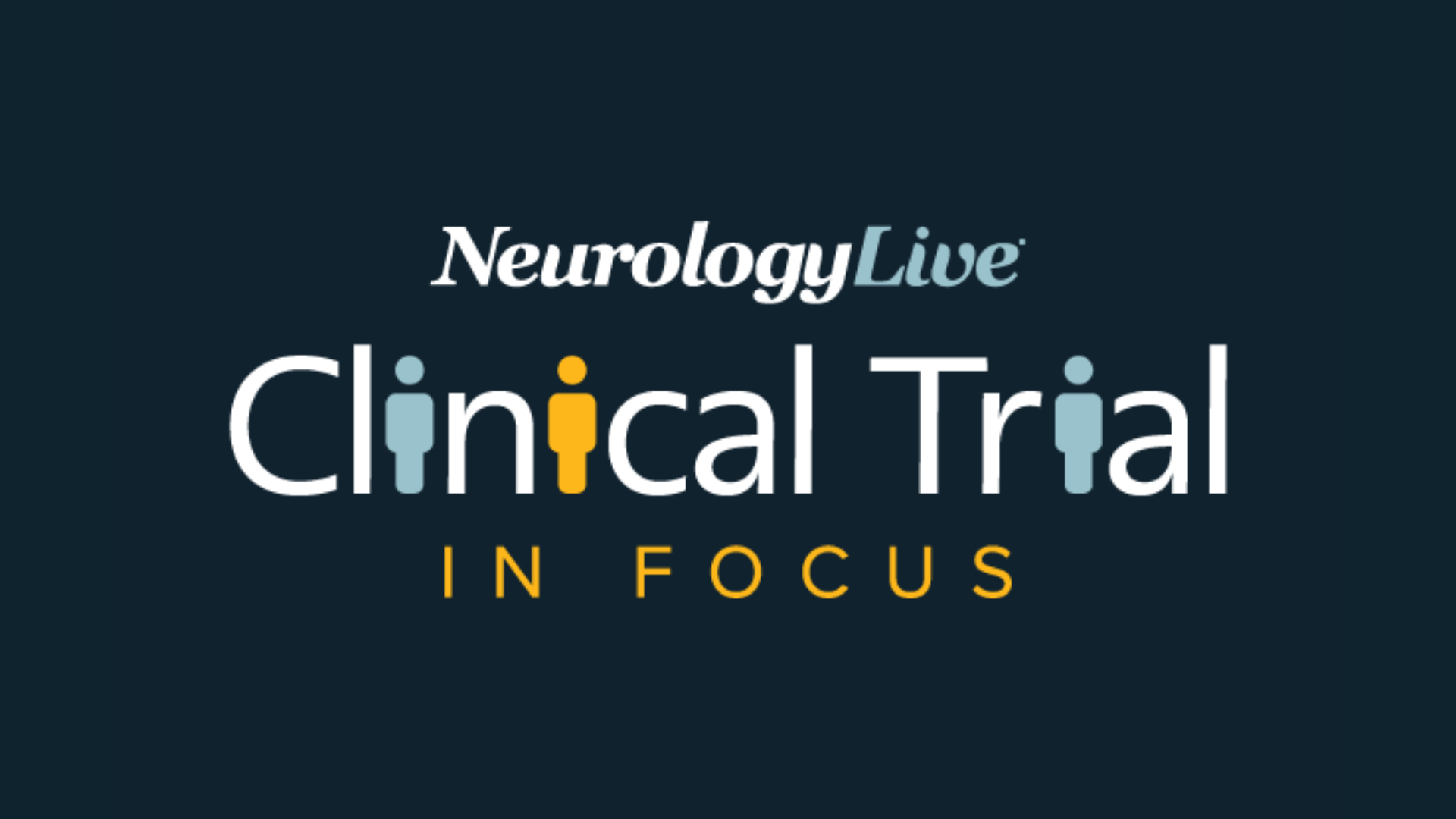Data Support First Approved Treatment for Acute Hepatitis C – MedPage Today

Advancements in Acute Hepatitis C Treatment: A Contribution to Sustainable Development Goals
Introduction: Aligning with SDG 3 – Good Health and Well-being
The global effort to combat communicable diseases, a core component of Sustainable Development Goal 3 (Good Health and Well-being), has seen a significant development in the fight against Hepatitis C Virus (HCV). With an estimated 50 million individuals living with chronic HCV and over 1 million new infections annually, achieving SDG Target 3.3—to end the epidemic of hepatitis by 2030—requires effective and accessible treatments. A recent multicenter phase IIIb trial on the direct-acting antiviral combination glecaprevir/pibrentasvir presents a critical advancement toward the World Health Organization’s goal of HCV elimination by providing a highly effective therapy for the acute phase of the infection.
Report on Phase IIIb Clinical Trial Efficacy
The study assessed an 8-week course of glecaprevir/pibrentasvir in 286 treatment-naive adults with acute HCV. The findings demonstrated exceptional efficacy, exceeding prespecified thresholds and leading to the U.S. FDA’s decision to approve the drug as the first therapy for acute HCV infection. Key outcomes include:
- Sustained Virologic Response (SVR12): A 96.2% SVR12 rate was achieved in the intent-to-treat (ITT) population.
- Modified ITT Population: The SVR12 rate was 100% in the modified ITT population, which excluded non-virologic failures.
- Clinical Efficacy: No on-treatment virologic failures or post-treatment relapses were recorded, with efficacy consistent across HCV genotypes and HIV status.
Addressing Health Disparities and Promoting SDG 10 – Reduced Inequalities
The availability of an effective acute HCV treatment directly contributes to SDG 10 (Reduced Inequalities) by addressing health disparities in vulnerable and marginalized populations. People who inject drugs and other at-risk groups are disproportionately affected by HCV. This therapy helps to:
- Support “test-and-treat” models that streamline the care cascade and prevent loss to follow-up.
- Reduce the risk of disengagement from care among vulnerable groups, who may otherwise have to wait for the infection to become chronic before receiving treatment.
- Mitigate onward transmission, thereby protecting the wider community and reducing the overall disease burden.
- Provide a proven treatment for individuals with HCV/HIV coinfection, who comprised nearly half (49.7%) of the study cohort.
Safety Profile and Global Collaboration (SDG 17)
The regimen was reported to be well-tolerated among participants. The successful execution of this trial, involving 70 sites across eight countries, exemplifies the importance of SDG 17 (Partnerships for the Goals) in advancing global health solutions.
- Adverse Events: Occurred in 59.8% of participants but were predominantly mild, with common events including diarrhea and fatigue.
- Serious Adverse Events: Reported in 3.5% of the cohort, though none were considered related to the study therapy.
- Treatment Discontinuation: Only one participant discontinued treatment due to an unrelated adverse event. No deaths or instances of liver failure occurred.
Conclusion: Accelerating Progress Towards Global Health Targets
The findings confirm that an 8-week regimen of glecaprevir/pibrentasvir is a highly effective and safe treatment for adults with acute HCV. This development is a crucial step forward in public health, providing a tool to prevent chronic disease, reduce transmission, and improve health outcomes. By enabling prompt treatment, this therapy directly supports the achievement of SDG 3 and the WHO’s HCV elimination targets, particularly by improving access to care for vulnerable populations and helping to close a significant gap in the global response to hepatitis.
Analysis of Sustainable Development Goals in the Article
SDGs Addressed
- SDG 3: Good Health and Well-being: The article’s central theme is the development and successful trial of a new medical treatment (glecaprevir/pibrentasvir) for acute Hepatitis C virus (HCV) infection. This directly relates to ensuring healthy lives and promoting well-being by combating a major communicable disease. The text explicitly mentions the global health burden of HCV and the importance of treatment in achieving the “World Health Organization’s HCV elimination goal,” which is a core component of SDG 3.
Specific SDG Targets
-
Target 3.3: By 2030, end the epidemics of AIDS, tuberculosis, malaria and neglected tropical diseases and combat hepatitis, water-borne diseases and other communicable diseases.
The article directly addresses this target by focusing on a new, highly effective therapy for Hepatitis C. The authors state, “Treating acute HCV is essential to achieve [the World Health Organization’s] HCV elimination goal” and that the new treatment can support “reducing transmission, and supporting HCV elimination.” This demonstrates a clear effort to combat and ultimately end the hepatitis epidemic. -
Target 3.8: Achieve universal health coverage, including… access to safe, effective, quality and affordable essential medicines… for all.
The article discusses the development, trial, and FDA approval of a new “highly effective and well tolerated” drug. The approval of glecaprevir/pibrentasvir as the “first U.S.-approved therapy for acute HCV infection” is a significant step in making a safe and effective essential medicine available. The article notes that before this, the “lack of therapeutic options delays treatment initiation,” highlighting how this new drug improves access to quality healthcare services for those with acute HCV.
Indicators for Measuring Progress
- Incidence and prevalence of Hepatitis C: The article provides baseline data that can be used as an indicator of the problem’s scale. It states, “In 2022, an estimated 50 million individuals were living with HCV, with more than 1 million new infections worldwide.” Progress towards Target 3.3 would be measured by a reduction in these numbers over time.
- Treatment efficacy rate (Sustained Virologic Response): The article provides a specific, measurable indicator of the new medicine’s effectiveness. The “Sustained virologic response at 12 weeks post-treatment (SVR12) was achieved in 96.2% of the intent-to-treat (ITT) population and 100% of the modified ITT population.” This SVR12 rate is a key performance indicator for treatment success and contributes to measuring the quality of available medicines under Target 3.8.
- Availability of approved treatments: The FDA’s decision to approve the drug, making it the “first U.S.-approved therapy for acute HCV infection,” serves as an indicator of progress. It marks the formal availability of an effective medicine, which is a prerequisite for achieving universal access as outlined in Target 3.8.
Summary Table of SDGs, Targets, and Indicators
| SDGs | Targets | Indicators |
|---|---|---|
| SDG 3: Good Health and Well-being | 3.3: End the epidemics of… and combat hepatitis… and other communicable diseases. |
|
| SDG 3: Good Health and Well-being | 3.8: Achieve universal health coverage, including… access to safe, effective, quality and affordable essential medicines… for all. |
|
Source: medpagetoday.com
What is Your Reaction?
 Like
0
Like
0
 Dislike
0
Dislike
0
 Love
0
Love
0
 Funny
0
Funny
0
 Angry
0
Angry
0
 Sad
0
Sad
0
 Wow
0
Wow
0









































































